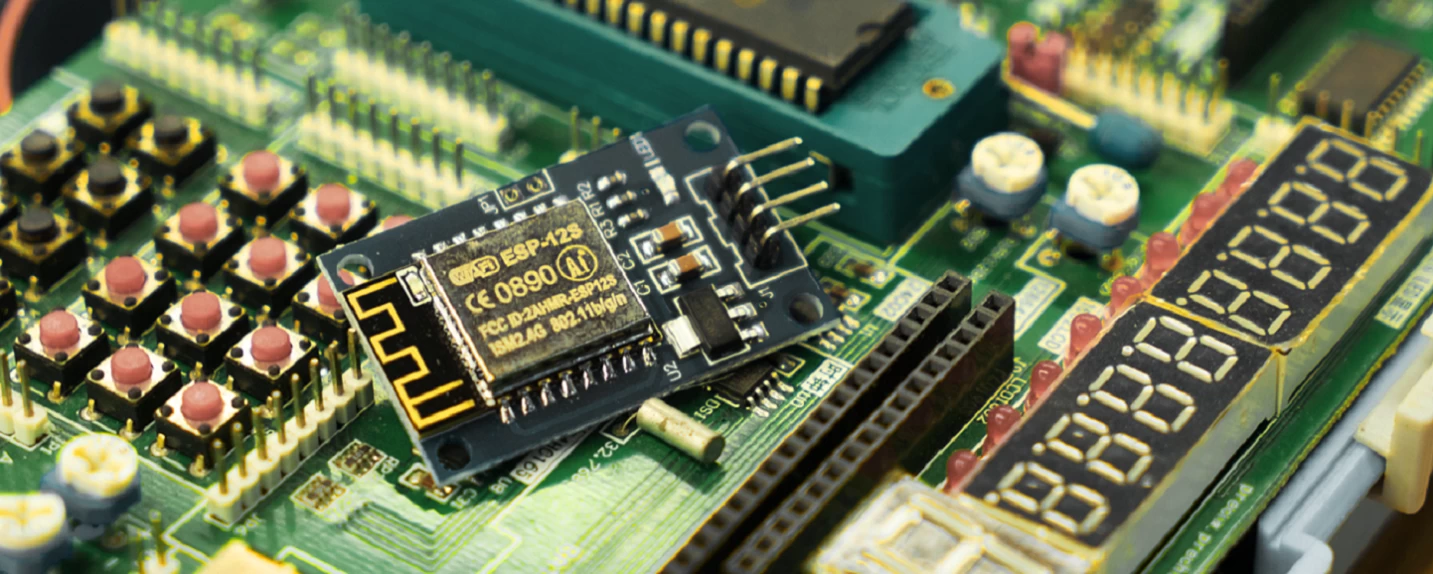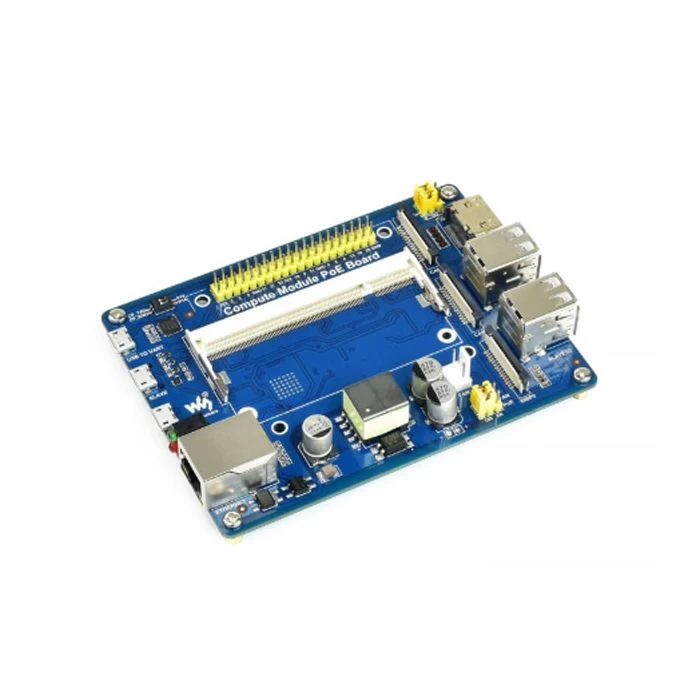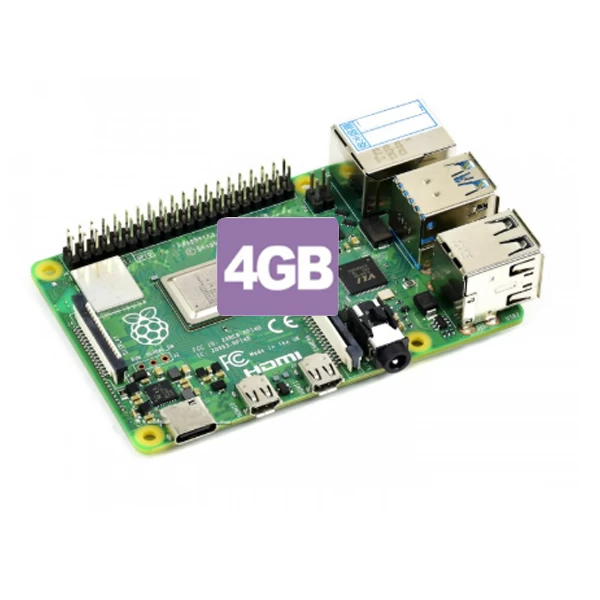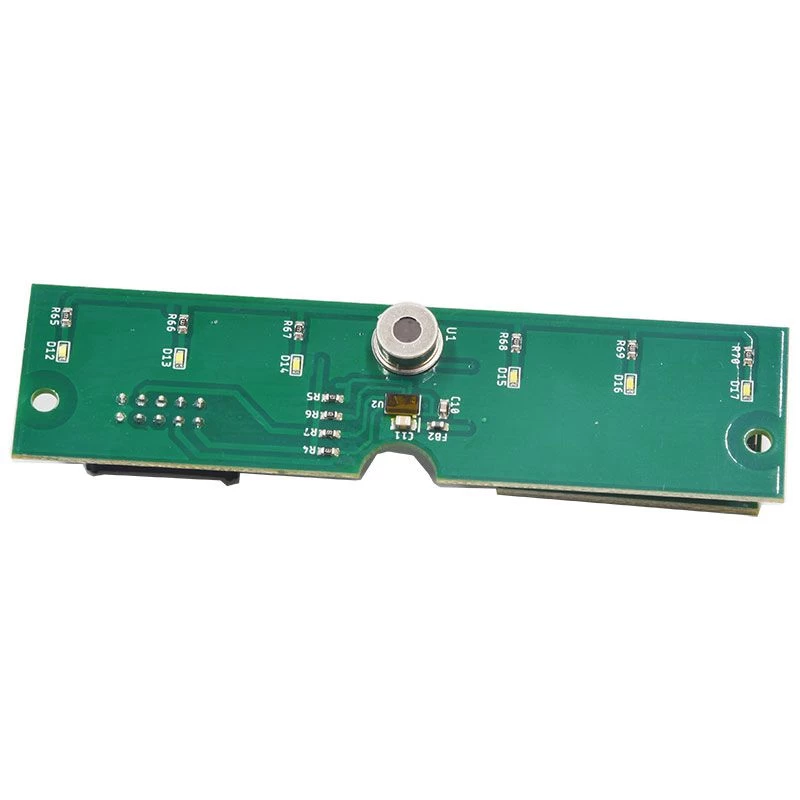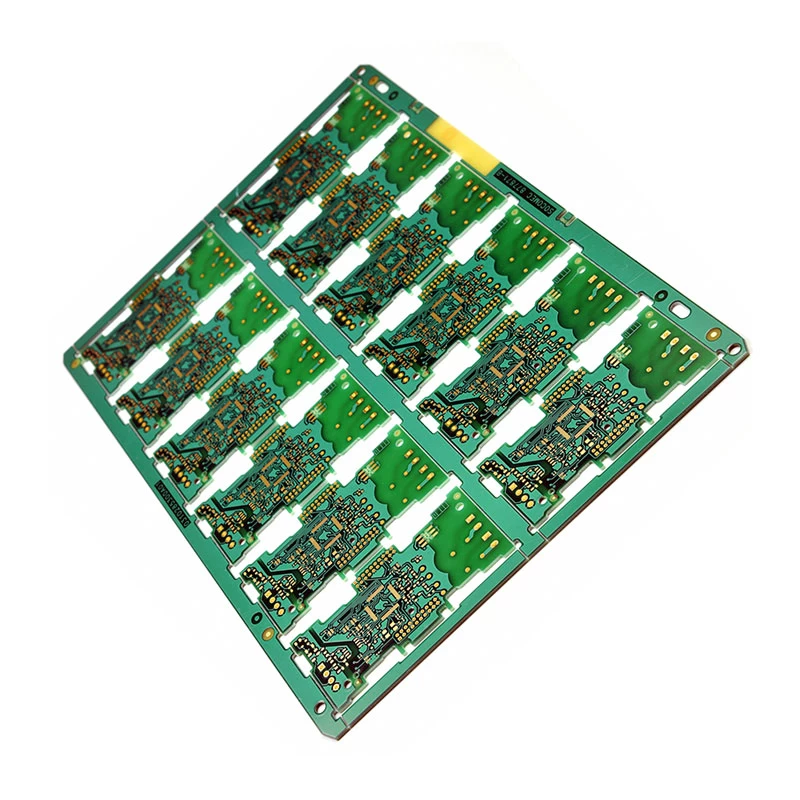What are the steps of PCB signal integrity
o-lead
o-leading.com
2018-05-28 13:49:25

Signal Integrity (SI) refers to the quality of the signal on the signal line, that is, the ability of the signal to respond in the circuit with the correct timing and voltage. If the signal in the circuit can reach the receiver with the required timing, duration, and voltage amplitude, it can be determined that the circuit has better signal integrity. Conversely, signal integrity problems arise when signals do not respond properly.
With the increasing use of high-speed devices and the design of high-speed digital systems, the system data rate, clock rate, and circuit density are constantly increasing. In this design, system fast slope transients and operating frequencies are high, and cables, interconnects, printed boards (PCBs), and silicon wafers will behave quite differently from low-speed designs—signal integrity problems. Signal integrity issues can lead to or directly result in signal distortion, timing errors, incorrect data, address, control lines, and system errors, and even crash the system, which has become a very significant issue in high-speed product design. This article first introduced the problem of PCB signal integrity, followed by a description of the PCB signal integrity steps, and finally introduced how to ensure PCB design signal integrity methods.
Problems with PCB signal integrity include
The signal integrity issues of the PCB( Custom Circuit Boards china) mainly include signal reflection, crosstalk, signal delay and timing errors.
1. Reflection: When the signal is transmitted on the transmission line, when the characteristic impedance of the transmission line on the high-speed PCB does not match the source impedance or load impedance of the signal, the signal will be reflected, causing the signal waveform to overshoot, undershoot, and cause Ringing phenomenon. Overshoot is the first peak (or valley) of a signal transition. It is an additional voltage effect above the power supply level or below the reference ground level. Undershoot is the signal jump. Change to the next trough (or peak). Excessive overshoot voltage will often cause damage to the device with long-term impact, undershoot will reduce noise margin, ringing increases the time required for signal stabilization, and thus affect the system timing.
2, crosstalk: In the PCB, crosstalk is when the signal is transmitted on the transmission line, due to electromagnetic energy through mutual capacitance and mutual inductance coupled to the adjacent transmission line caused by the undesired noise interference, it is caused by a different structure of the electromagnetic field in The interaction in the same area arises. The mutual capacitance induced coupling current, called capacitive crosstalk; and the mutual inductance induced coupling voltage, called inductive crosstalk. On the PCB, crosstalk is related to the length of the trace, the spacing of the signal lines, and the condition of the reference ground plane.

High-speed digital system design analysis based on signal integrity analysis not only can effectively improve product performance, but also shorten the product development cycle and reduce development costs. In the situation where digital systems are moving toward high speed and high density, it is urgent and necessary to master this design tool. In the continuous improvement of signal integrity analysis models and computational analysis algorithms, digital system design methods that use signal integrity for computer design and analysis will be widely used and comprehensively applied.

